Quick Navigation
Introduction
Understanding dashboard warning lights in your Volvo XC90 is essential for keeping you safe on the road, as they alert you to potential issues that could lead to accidents or breakdowns. These lights help with timely vehicle maintenance by signaling problems early, preventing costly repairs and ensuring the car runs smoothly. By knowing what each light means, you can take quick action to protect yourself, your passengers, and your vehicle.
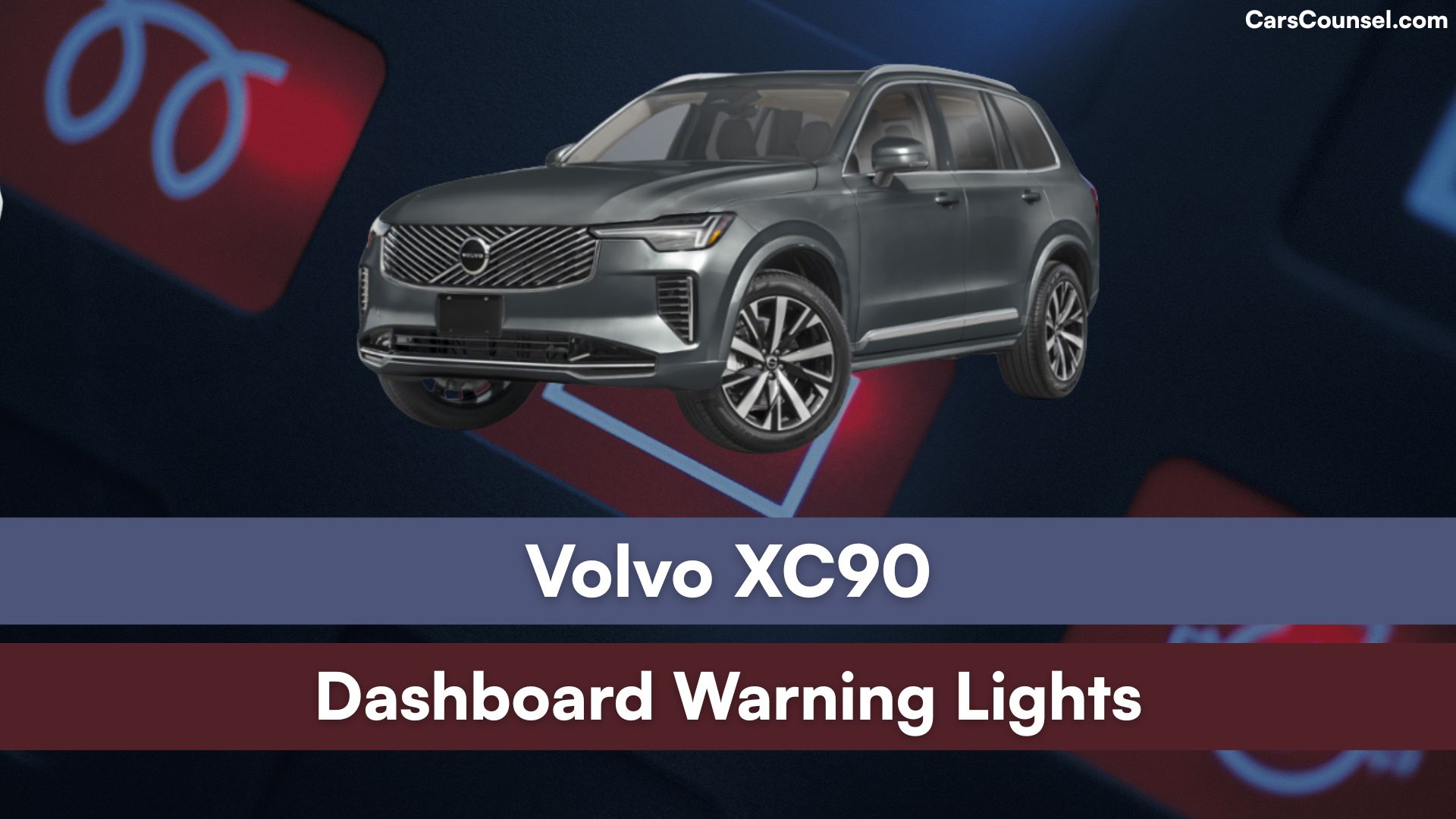
Red (Stop Immediately)
General Warning
This light shows a serious fault that affects safety or driving ability, often with a message on the display. It may appear with other symbols due to major system errors. Stop the car right away, read the message, and contact a service center.
Seatbelt Reminder
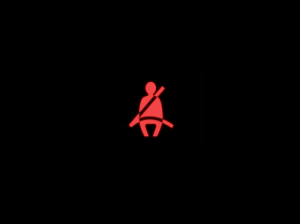
It flashes or stays on if someone in the car is not buckled up. The cause is an unfastened seatbelt during driving. Fasten all seatbelts immediately to avoid injury in a crash.
Safety Systems Error
Indicates a problem in safety features like airbags or seatbelt pretensioners. It could be due to a sensor fault or wiring issue. Stop driving and visit a service center for checks.
Brake System Fault
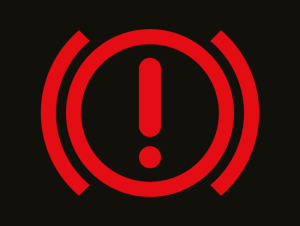
Signals an error in the brakes, such as low fluid or hydraulic failure. Possible causes include leaks or worn parts. Park safely and call a mechanic right away.
Parking Brake Alert
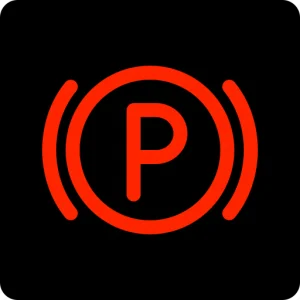
Stays on if the parking brake is engaged; flashes for errors like a malfunction. It might be due to a switch problem. Release the brake if safe, or get it fixed before driving.
Electrical System Error
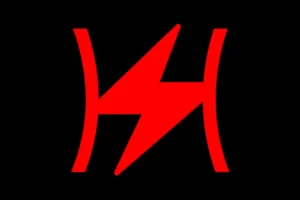
Shows a fault in the car’s electrical setup, like battery or alternator issues. Causes include a failing battery or loose connections. Stop the vehicle and seek help from a service center.
High Engine Temperature
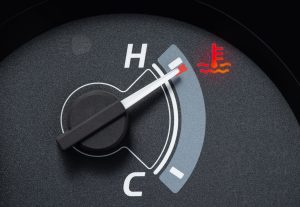
Warns that the engine is overheating, often from low coolant or a faulty thermostat. Stop immediately, let it cool, check coolant level, and avoid driving until resolved.
Collision Risk Warning
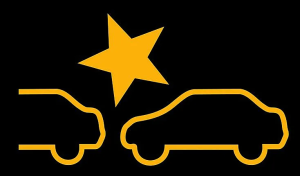
Appears when there’s a high chance of hitting something ahead, like a car or pedestrian. It’s triggered by close proximity at low speeds. Brake hard and steer to avoid impact.
Engine Oil Pressure Low
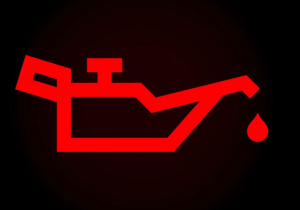
Indicates low oil pressure, which can cause engine damage from lack of lubrication. Check oil level right away; if normal, stop driving and contact a service center.
Airbag System Fault

Lights up for issues in the airbag setup, like a sensor error. It prevents airbags from deploying in a crash. Pull over and have it inspected at a service center.
Battery Charge Warning
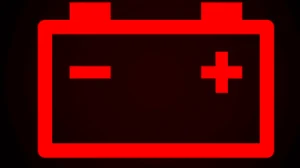
Shows the battery isn’t charging properly, possibly from alternator failure. Stop as soon as safe and get the charging system checked.
Power Steering Failure

Signals a problem with power steering, making the wheel hard to turn. Causes include fluid leaks or pump issues. Stop driving and call for service.
Brake Fluid Low
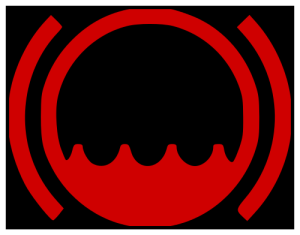
Warns of low brake fluid level, which can lead to brake failure. Top up fluid if needed, but stop and inspect for leaks immediately.
Door Ajar Alert
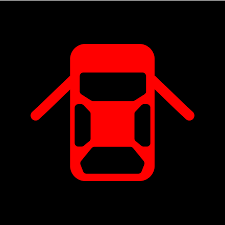
Indicates a door is not fully closed, risking it opening while driving. Check all doors and close them securely before continuing.
Transmission Overheat
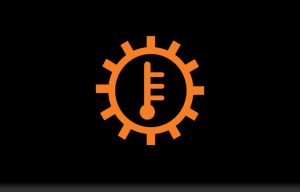
Shows the transmission is too hot, often from heavy load or low fluid. Stop, let it cool, and check fluid level or visit a service center.
Yellow/Amber (Action Required Soon)
Information Symbol
Appears for general system faults, with a display message. It could be minor issues like sensor problems. Read the message and schedule a service visit soon.
ABS Fault
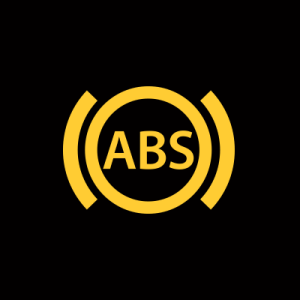
Means the anti-lock brake system is off, though regular brakes function. Caused by sensor or module failure. Drive carefully and get it repaired soon.
AdBlue Level Low

Warns of low AdBlue fluid for emissions control in diesel models. Refill the tank to avoid engine restrictions.
Emissions System Fault
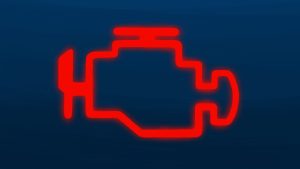
Signals a problem in the exhaust system, like a faulty sensor. Drive to a service center for inspection to prevent damage.
Rear Fog Lamp On
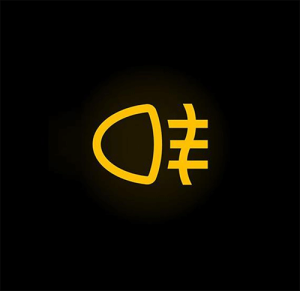
Shows the rear fog light is active, for visibility in bad weather. Turn it off when not needed to avoid blinding others.
Tyre Pressure Low
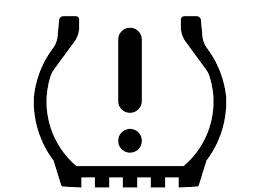
Indicates one or more tires have low pressure, or a system fault. Check and inflate tires; if flashing, the monitoring system needs service.
Headlamp System Fault
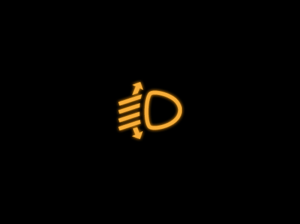
Warns of an issue with headlights, like a bulb out or wiring problem. Check lights and replace as needed, or visit a service center.
Lane Assistance Alert
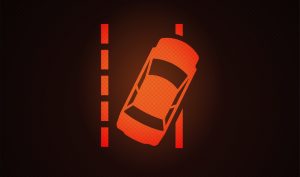
Flashes when the system detects drifting or intervenes. It’s for lane departure warnings. Adjust steering and ensure road lines are visible.
Stability System Issue
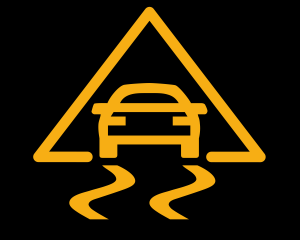
Permanent light means a fault in electronic stability program (ESP); flashing shows it’s active. Drive cautiously and get it fixed.
Collision Assistance Reduced
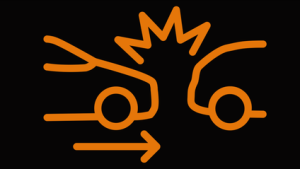
Indicates the collision avoidance system is limited or off. Causes include sensor blockage. Clean sensors and restart the car.
Transmission Fault
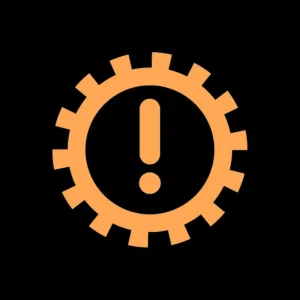
Warns of a gear issue, like slipping or overheating. Shift carefully and have the transmission checked soon.
DPF Full
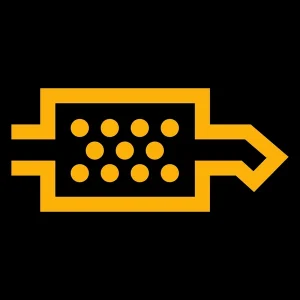
For diesel models, signals the diesel particulate filter needs regeneration. Drive at highway speeds or visit a service center.
Glow Plug Indicator
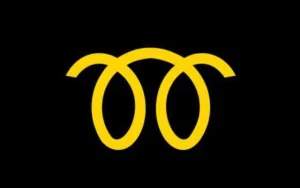
In diesel engines, shows glow plugs are heating for startup. Wait for it to go off before starting the engine.
Eco Mode Active
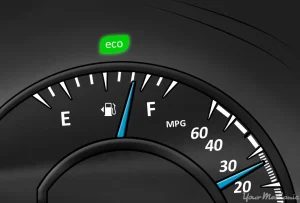
Indicates eco driving mode is on, optimizing fuel use. No action needed unless you want to switch modes.
Coolant Level Low
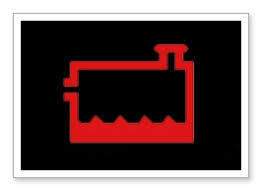
Warns of low engine coolant, risking overheating. Top up coolant and check for leaks.
Green (Information Only)
Front Fog Lamp On

Indicates front fog lights are activated for better visibility. Turn off when conditions improve.
Position Lamps On

Means parking or position lights are active. It’s for low-light visibility; normal operation.
Direction Indicator

Flashes when turn signals are on. Check if it flashes rapidly, signaling a bulb issue.
Preconditioning Active
Shows the cabin heater or AC is pre-warming or cooling the car. It’s for comfort; let it complete.
Rain Sensor On

Indicates automatic wipers are active based on rain detection. Adjust sensitivity if needed.
Active High Beam Off

White/green variant means high beams are ready but not on. Normal info; activate manually if desired.
Lane Keeping Aid Active

White/green symbol shows lane assistance is on and detecting lines. Grey if lines not detected; no action.
Hybrid Battery Charging
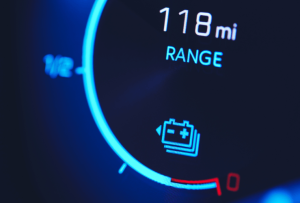
For plug-in models, indicates the battery is charging. Monitor progress; normal during charge.
Eco Mode Engaged

Confirms fuel-saving mode is active, adjusting engine for efficiency. Switch off if more power needed.
Turn Signal Left/Right
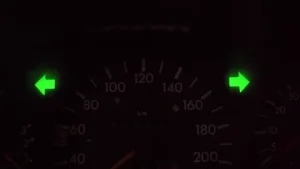
Audible click with flash for indicating turns. Replace bulb if flashing fast.
ESP Active
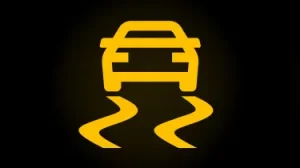
Shows stability control is working during slips. Normal in tricky conditions.
When looking at Volvo , make sure to check out our guides on models like the Volvo Trucks, Volvo V40, Volvo Xc40, and Volvo XC60. Understanding dashboard warning lights is essential. Our expert reviews break down what each light means, highlighting common alerts for these models and what they could signal about underlying issues, so you’re never left guessing behind the wheel.

